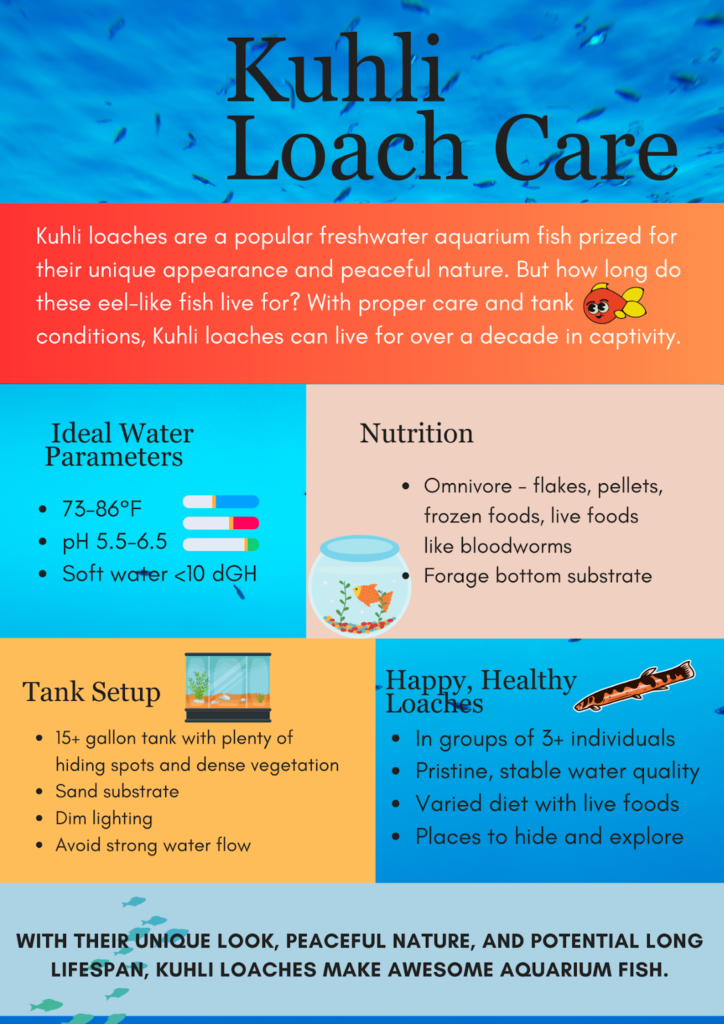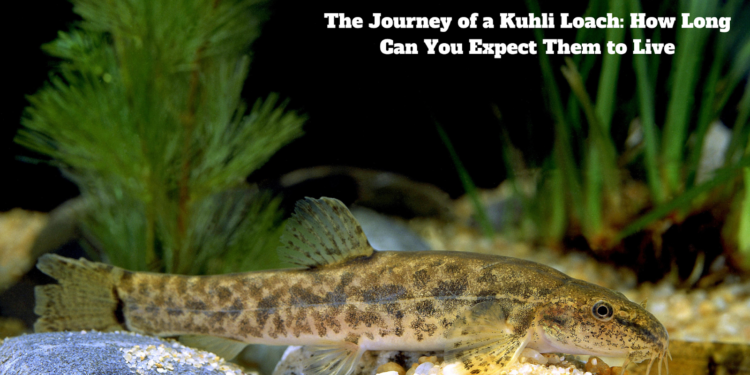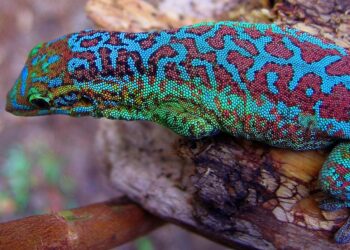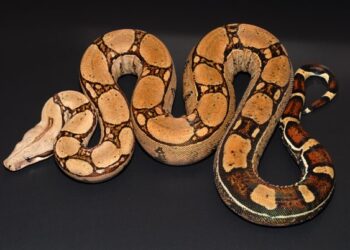Kuhli loaches are such cool fish! With their long, skinny bodies and amazing striped patterns, they can be an awesome addition to a home aquarium. But if you’re thinking about getting one, you want to know – how long will a kuhli loach live?
Understanding their typical lifespan and the factors that affect it can help you provide the best care for your Kuhli loach. Some key things are setting up the right tank environment, feeding a healthy diet, and keeping water parameters stable.
Overview of Kuhli Loach Lifespan

In captivity, the average lifespan of a Kuhli loach ranges from 8 to 12 years. With pristine water quality and an environment resembling their natural habitat, they may even exceed 15 years. This provides ample time for you to enjoy their antics! Their longevity is a testament to their resilience when provided with appropriate care.
Several factors play a role in determining the lifespan of Kuhli loaches. Stable, high-quality water parameters, adequate tank size, proper nutrition, and disease prevention are vital for a long, healthy life. Stress is also detrimental and can be avoided by keeping them in appropriate-sized groups. To ensure their well-being, it’s crucial to replicate the natural conditions of Southeast Asia where they originate.
Understanding Kuhli Loach’s Natural Habitat and Origin
Kuhli loaches originate from tropical rivers, streams, canals, rice paddies, and floodplains across Southeast Asia. Their native range stretches across several countries including Thailand, Malaysia, Indonesia, Singapore, Vietnam, and Cambodia.
Specifically, they are abundant in the river basins of Thailand and Borneo. In Thailand, they are found in river systems like the Chao Phraya and Mekong. Their distribution extends from the Malay Peninsula to the islands of Sumatra and Borneo in Indonesia.
These habitats are characterized by very warm, stagnant, acidic waters with plenty of shade and vegetation. Kuhli loaches occupy the bottom-most layers and are found under leaf litter, submerged logs, branches, and dense plant growth. This provides ample hiding spots and surfaces to perch on.
The water parameters in their natural ecosystem are quite unique – temperatures range from 77°F to 86°F with an acidic pH between 5.0 and 6.5. The water is very soft, with almost no carbonate hardness. The muddy substrates and tannins released from decaying organic material contribute to the acidic conditions preferred by Kuhli loaches.
The journey of a Kuhli Loach in an aquarium is a captivating exploration for fish enthusiasts, and understanding the Kuhli Loach lifespan is integral to providing optimal care. This includes factors like water chemistry, temperature gradients, substrates, shelter, and lighting conditions. The more closely your aquarium matches their native environment, the greater the chances of success!
Physical Characteristics and Behavior
Kuhli loaches have developed physical attributes and behaviors over time that are well-suited to their natural habitat. In the wild, Kuhli loaches grow to around 5 inches but reach 3-4 inches in captivity. Their long, slender bodies are brown to black with distinctive cream-colored bands. A scaleless head and thin scales leave them prone to infection.
As nocturnal fish, Kuhli loaches remain hidden during the day, emerging at dusk. They exhibit a peaceful, solitary nature and lack aggression towards tank mates. Their shy nature underscores the need for ample foliage and hiding spots.
Care and Tank Requirements for Kuhli Loach
Providing the right aquarium setup is crucial to emulate their natural environment. The recommended tank size is 15 gallons, but 20 gallons is ideal to allow a group to establish distinct territories. The bigger the tank, the better.
They thrive in water temperatures of 73-86°F and prefer soft, acidic conditions with a pH of 5.5-6.5. The water hardness should not exceed 10 dGH. Strong water movement should be avoided. As omnivores, provide a varied diet including flakes, pellets, and frozen foods. Live foods like bloodworms are accepted. They forage substrate particles so sand is recommended.
Water Conditions Preferred by Kuhli Loach
Parameter | Ideal Range | Tolerable Range |
| Temperature | 75°F – 82°F | 70°F – 86°F |
| pH | 5.0 – 6.5 | 5.0 – 7.5 |
| Hardness | 6 – 12 dGH | 5 – 15 dGH |
The table could be referenced when discussing the specific conditions the Kuhli Loach needs to thrive and how they differ from the ideal and tolerable range. This emphasizes the importance of catering to their natural environmental preferences.
Health and Disease Prevention
Due to their scaleless skin, Kuhli loaches are prone to diseases like ich. However, prevention is possible with pristine water conditions.
Perform regular water testing and changes. Maintain water parameters within their preferred ranges. Gravel vacuuming and filter cleaning reduces waste buildup.
Introduce new fish and quarantine them first. Use a reputable retailer and inspect fish for signs of illness. Rapid temperature changes, overcrowding, and poor nutrition should be avoided.
With attentive care, diseases can be avoided and the lifespan maximized. Observe your Kuhli loaches for any symptoms of sickness that should be treated.
Breeding Kuhli Loach
While simple to care for, breeding Kuhli loaches is challenging and rarely achieved in home aquariums.
Mimicking rainy season conditions in nature is required, as is a spawning tank with very soft, acidic water. Spawning usually occurs at night so complete darkness is needed. The fry is infinitesimal and requires live foods. Remove the parents after spawning to prevent the accidental ingestion of eggs.
Due to these complexities, breeding Kuhli loaches is best undertaken by experienced individuals. For hobbyists, enjoying their activities and behaviors is rewarding.
Frequently Asked Questions
How Many Kuhli Loaches Should Be Kept Together?
Keeping Kuhli loaches in groups of 3-6 is recommended to reduce stress and exhibit natural schooling behavior. A 20-gallon tank can house this number. Adding more individuals requires larger tanks.
Can Kuhli Loaches Be Aggressive?
Kuhli loaches are peaceful by nature and aggression is uncommon. However, territorial disputes causing stress can occur if their space is limited. Provide adequate tank size, hiding spots, and plants to reduce this risk.
Can I Keep Just One Kuhli Loach?
Keeping a single Kuhli loach is discouraged. As schooling fish, they become stressed in isolation, leading to poor health and immunity. Their activity levels, boldness, and behaviors are best exhibited in a group.
Conclusion
Kuhli loaches are such unique fish! With their long eel-like bodies and cool striped patterns, they really stand out in an aquarium. And they have such peaceful personalities. Plus, with proper care they can live 10 years or longer, making them a very rewarding fish to keep.
To help your Kuhli loaches thrive and live a long life, it’s important to understand where they come from and what they need. Knowing details about their natural habitat, behaviors, food preferences, and ideal tank conditions allows you to set up the best environment for them.
While breeding Kuhli loaches can be a challenge, observing them zip around the tank with their entertaining antics is a joy in itself! As long as you give them clean water, plenty of swimming space, a healthy diet, and compatible tank mates, your Kuhli loaches can go on an amazing decade-long adventure with you!
Kuhli loaches make fantastic aquarium fish due to their distinctive appearance, peaceful temperament, and the potential for a long lifespan. By meeting their natural requirements and needs, you can take pleasure in keeping these fascinating fish for years to come. Caring for them properly ensures a highly rewarding journey as they stay healthy and thrive!









